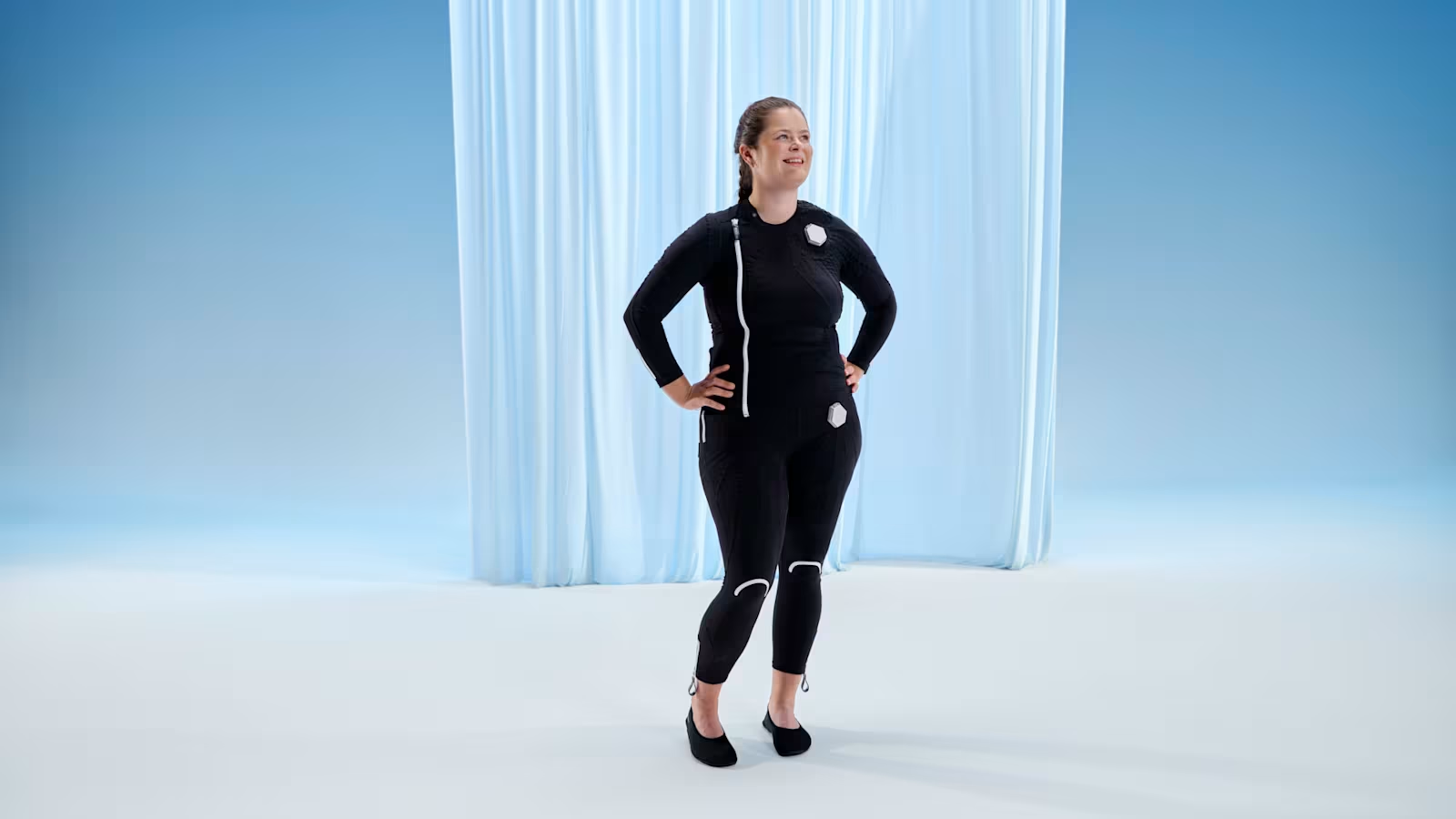

Put on possible: De exopulse suit voor spasticiteit & symptomen van fibromyalgie.
Ontdek de nieuwste functies & updates.
Notification: The information contained on this site is only intended for an audience outside the United States. Please note that the products described herein are not FDA-approved.
Een innovatieve draagbare benadering van neuromodulatie.
Een innovatieve draagbare methode die je vertrouwt voor veel complexe aandoeningen, vooral wanneer je patiënten een medicijnvrije, niet-invasieve manier nodig hebben om hun primaire behandelingen aan te vullen. Nu, met de nieuwste exopulse suit (voorheen bekend als de exopulse molli suit 9.3), is het een nog krachtigere optie voor patiënten met spasticiteit en fibromyalgie.
Bij elke stap werkt het samen met standaard therapieën voor beide aandoeningen, en levert effectieve neuromodulatie overal waar je patiënten het nodig hebben. Ontdek hoe het je kan helpen om nieuwe mogelijkheden te creëren voor hun zorg.
Opnieuw ontworpen, het is een gebruiksvriendelijker pak.
Dit unieke hulpmiddel biedt stimulatie voor bijna het hele lichaam die helpt bij het verminderen van spasticiteitssymptomen die typerend zijn voor aandoeningen zoals cerebrale parese (CP), multiple sclerose (MS) en beroerte—evenals symptomen van fibromyalgie.
Het nieuwste ontwerp bevat een reeks waardevolle nieuwe functies en verbeteringen voor zowel gebruikers als clinici—maar biedt nog steeds dezelfde snelle, langdurige verlichting.
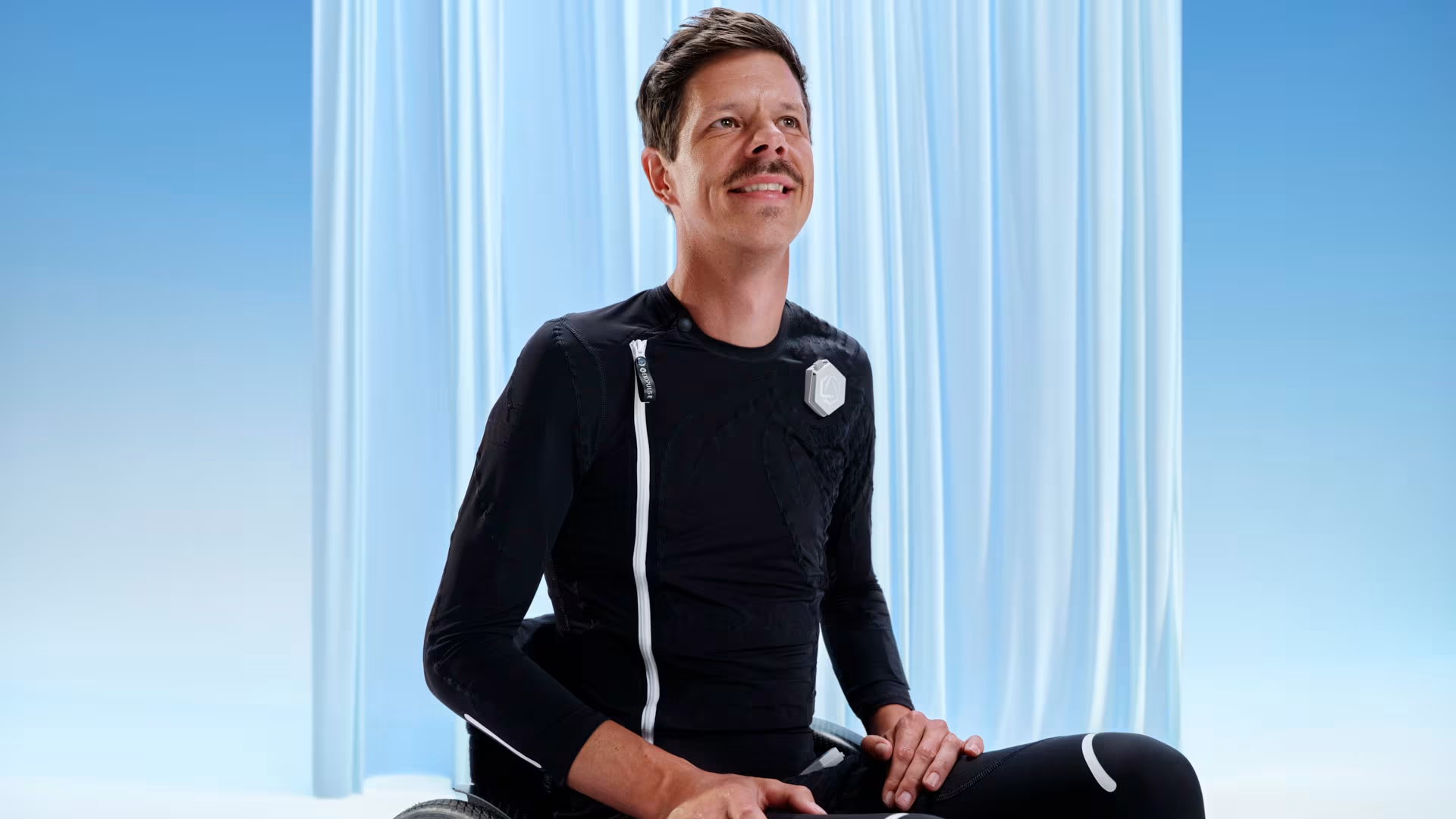
Nog preciezere stimulatie
De vernieuwde exopulse suit beschikt nu over een geoptimaliseerde reeks van 50 vergrote, gecombineerde elektroden die goed gepositioneerd kunnen worden over de buik van de doelspieren.
De vernieuwde exopulse suit beschikt nu over een geoptimaliseerde reeks van 50 vergrote, gecombineerde elektroden die goed gepositioneerd kunnen worden over de buik van de doelspieren.
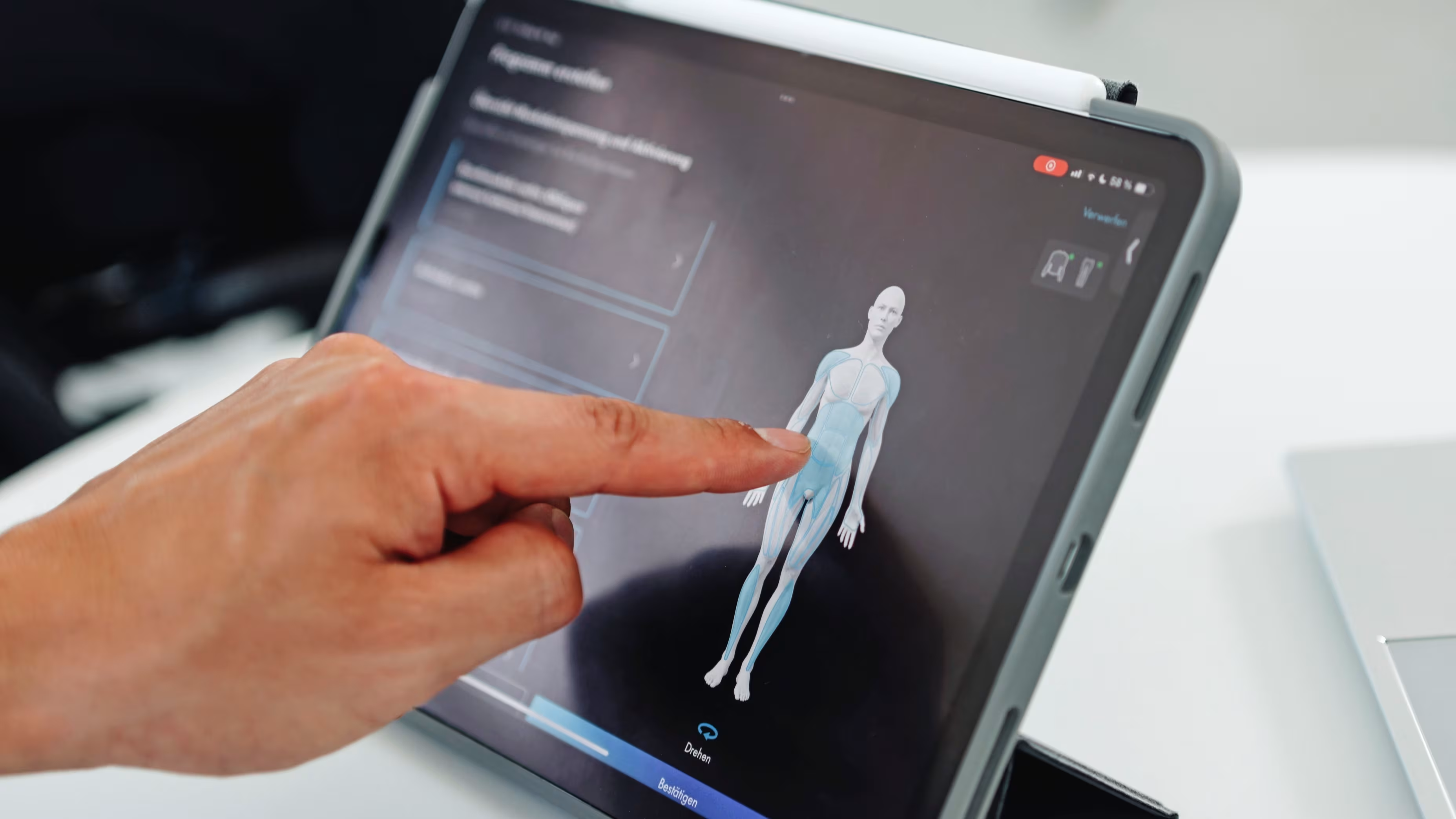
Vereenvoudigd digitaal instellingsproces
Een nieuwe clinici-app stelt je nu in staat om via Bluetooth verbinding te maken met de besturingseenheden en de installatie in slechts enkele minuten te voltooien.
Een nieuwe clinici-app stelt je nu in staat om via Bluetooth verbinding te maken met de besturingseenheden en de installatie in slechts enkele minuten te voltooien.
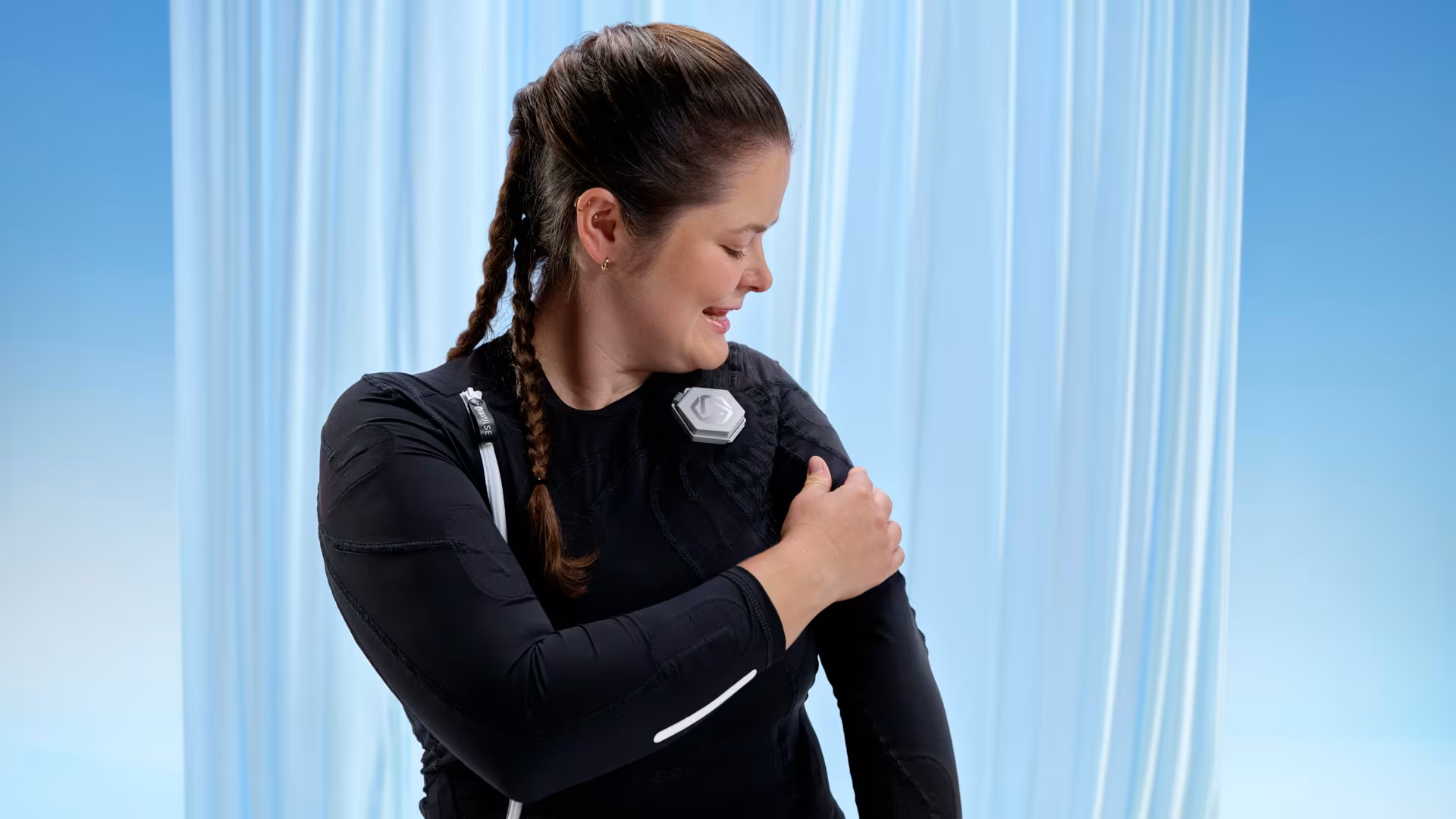
Nog eenvoudiger aan- en uittrekken
Het jack en de broek zijn nu gemaakt van een rekbaarder enkel laags materiaal dat de kledingstukken nog comfortabeler maakt om aan te trekken, uit te trekken en te dragen.
Het jack en de broek zijn nu gemaakt van een rekbaarder enkel laags materiaal dat de kledingstukken nog comfortabeler maakt om aan te trekken, uit te trekken en te dragen.
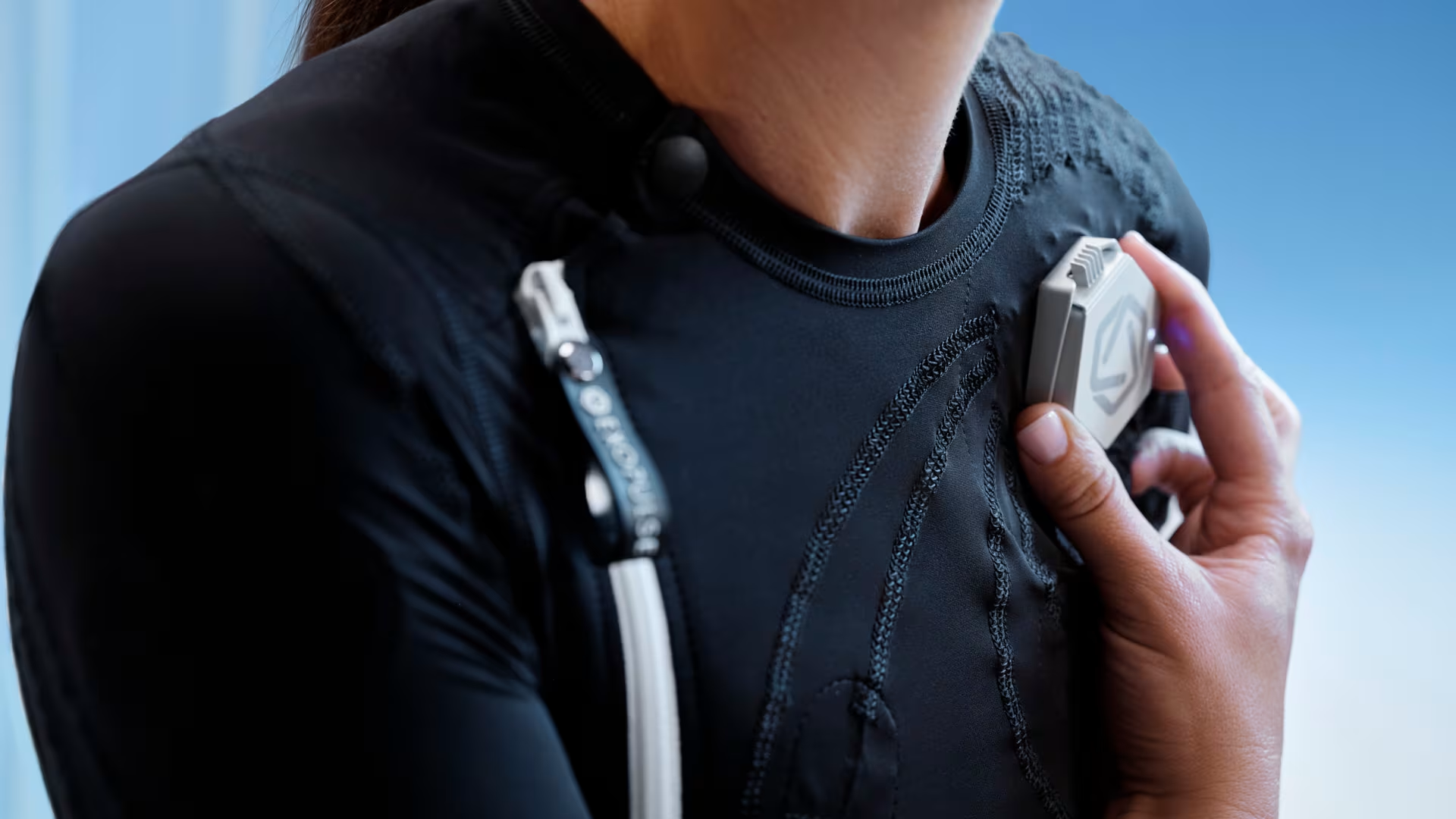
Eenvoudigere configuratie & personalisatie
De kledingstukken hebben nu aparte, oplaadbare besturingseenheden die de rompslomp en verspilling van wegwerpbatterijen elimineren. Beide eenheden kunnen worden benaderd en aangepast met beide apps.
De kledingstukken hebben nu aparte, oplaadbare besturingseenheden die de rompslomp en verspilling van wegwerpbatterijen elimineren. Beide eenheden kunnen worden benaderd en aangepast met beide apps.

Aanpasbare stimulatie voor gebruikers
Zodra je het apparaat hebt ingesteld, kunnen patiënten hun app gebruiken om kleine aanpassingen aan hun stimulatie te maken wanneer nodig—waardoor waardevolle klinische tijd vrijkomt voor jou en je team.
Zodra je het apparaat hebt ingesteld, kunnen patiënten hun app gebruiken om kleine aanpassingen aan hun stimulatie te maken wanneer nodig—waardoor waardevolle klinische tijd vrijkomt voor jou en je team.
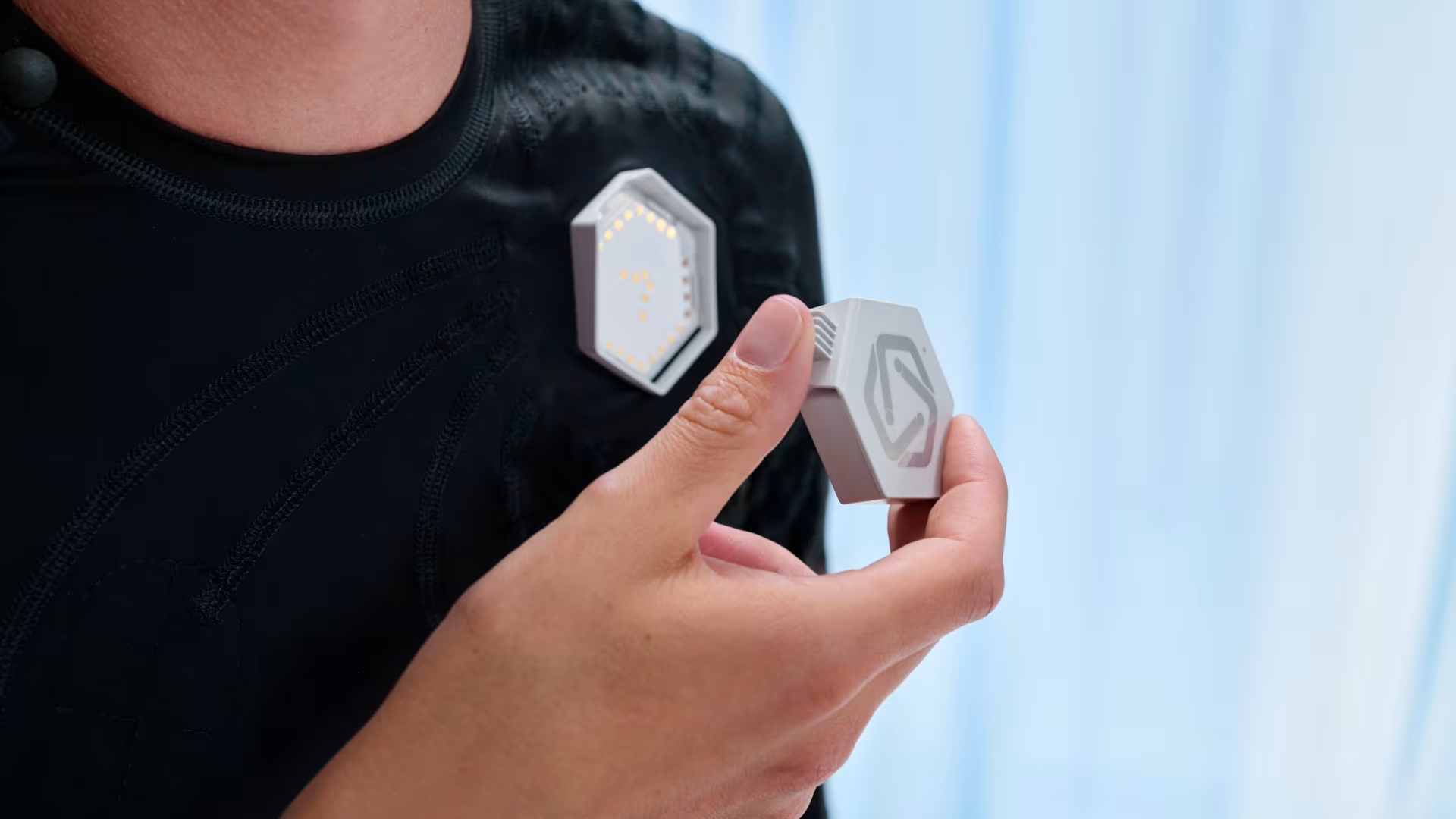
Nog meer in aanmerking komende gebruikers in je kliniek
De exopulse suit's nieuwe configuratie van de besturingseenheid elimineert magnetische verbindingen die kunnen interfereren met geïmplanteerde apparaten.
De exopulse suit's nieuwe configuratie van de besturingseenheid elimineert magnetische verbindingen die kunnen interfereren met geïmplanteerde apparaten.
Breng het leven weer in beweging voor patiënten met spasticiteit.*
Neuromodulatie is een bewezen aanpak die uitgebreid is geëvalueerd bij neuromusculaire aandoeningen zoals spasticiteit [1-6]—een slopende aandoening die samenhangt met CP, MS en beroerte.
De exopulse suit (voorheen bekend als de exopulse molli suit 9.3) brengt deze vertrouwde techniek een stap dichter bij zijn ware potentieel. Het gebruikt wederkerige inhibitie om spastische spieren te ontspannen, spieractiviteit in balans te brengen, en helpt patiënten vrijer en met minder pijn te bewegen.
Help patiënten vrijer bewegen.**
Klinische resultaten tonen aan dat patiënten met CP, MS en beroerte een betere balans hadden en hun risico op vallen verminderden na slechts 60 minuten in de exopulse suit. Regelmatige stimulatie om de dag hielp hen hun verbetering te behouden. [6]
![[B2B] EXOPULSE 9.5: (SP + FM) - Help patients move more freely](https://images.ctfassets.net/8ks1shyq5m87/5qLgblF7oSUqZhOrEt8bza/724fcd0a1f1447764e61cb2a3c0eebed/4881751_BBS_blue_169.jpg?fm=avif&fit=fill&f=faces&w=800&h=450&q=75)
Bied snelle, langdurige verlichting van spasticiteit-gerelateerde pijn.***
In dezelfde studie hielp een uur in de exopulse suit bij het aanzienlijk verminderen van pijnsymptomen bij patiënten die deze rapporteerden. Vier weken later ervaarden patiënten die regelmatig de suit gebruikten een aanhoudende vermindering van pijn. [6]
![[B2B] EXOPULSE 9.5: (SP + FM) - Deliver swift, sustained relief](https://images.ctfassets.net/8ks1shyq5m87/43J8l4DbYlDCuDWnXbLKbz/8aaf29230ec5aeffd5db4562c2ffe9a7/4881753_pain_blue_169.jpg?fm=avif&fit=fill&f=faces&w=800&h=450&q=75)
Bewezen fibromyalgie-verlichting die toeneemt met de tijd.
Met deze complexe aandoening vereist klinisch succes zorg die is afgestemd op de unieke behoeften van elke patiënt. Studies zijn het eens: Dat is precies wat de exopulse suit biedt voor patiënten met fibromyalgie. [7,8]
Het helpt pijn te verminderen door zenuwstelselmechanismen te activeren die slopende symptomen blokkeren voordat ze het centrale zenuwstelsel bereiken. In een gerandomiseerde, dubbelblinde, schijn-gecontroleerde klinische studie verminderde de suit significant de fibromyalgiesymptomen van gebruikers in slechts twee weken—met verdere verbetering na vier weken. [7]
Open-label studie (n=50)
Snelle pijnverlichting in 60 minuten
In een studie naar de reactie van patiënten op een enkel uur stimulatie, meldden sommige gebruikers aanzienlijk minder fibromyalgie-gerelateerde pijn te voelen na slechts één sessie in de exopulse suit.
Gerandomiseerde, schijn-gecontroleerde studie (n=33)
Significante verlichting in slechts twee weken³
Met exopulse suit na 2 weken dagelijks gebruik vergeleken met de baseline, actieve conditie (fase 1; geen significante veranderingen voor schijnconditie gerapporteerd):
Pijn:
14% vermindering op de VAS-pijnschaal, 17% FIQ pijn-subschaal, 16% in BPI pijninterferentie-subschaal
Fibromyalgie-impact:
18% vermindering in totale FIQ-score, 19% in FIQ fysieke beperking en 17% in FIQ vermoeidheid-subschalen
Kwaliteit van leven:
47% verbetering in SF-36 lichamelijke pijn en vitaliteit-subschalen
Depressie:
25% afname in FIQ angst-score en 13% in HADS angst-score 64% verbetering in Globale Klinische Indruk
![[B2B] EXOPULSE 9.5: (SP + FM) - Fibromyalgia - Image 1 (HQ)](https://images.ctfassets.net/8ks1shyq5m87/1uHb33HIWAsaBwkrhezjyh/4ef76a04bdd7ecd80ac47aa5237ec04d/Treatments_benefits_over_time_169_I.jpg?fm=avif&fit=fill&f=center&w=800&h=450&q=75)
Toegenomen verlichting bij regelmatig gebruik³
Met exopulse suit na 4 weken dagelijks gebruik vergeleken met de baseline, open label fase (fase 2):
Pijn:
25% vermindering in VAS & FIQ pijnschalen, 16% in BPI pijn-ernst en 17% in BPI pijninterferentie-subschalen
Fibromyalgie-impact:
vermindering van 21% totale FIQ-score, 20% FIQ vermoeidheid-subschaal
Kwaliteit van leven (SF-36):
20% toename in sociaal functioneren, 35% in gezondheidsverandering, 54% in vitaliteit, 92% in emotionele rol en 161% in fysieke rol-subschalen
Depressie:
26% vermindering in FIQ angst, 14% vermindering in HADS angst en 12% in HADS depressie-subschalen
79% van de gebruikers toonde verbetering in globale klinische indruk
Fysieke en psychologische verlichting³
Na 4 weken dagelijkse stimulatie rapporteerden gebruikers ook significante verbetering in fibromyalgie-gerelateerde symptomen van angst en depressie³
![[B2B] EXOPULSE 9.5: (SP + FM) - Fibromyalgia 2 - Image (HQ)](https://images.ctfassets.net/8ks1shyq5m87/4oTfE2ajvneekv3fRu1DmL/d47c9fcbac053590d83179381ed2c504/Treatments_benefits_over_time_169_II.jpg?fm=avif&fit=fill&f=faces&w=800&h=450&q=75)
Verlicht fysieke en psychologische symptomen.
Voor fibromyalgiepatiënten kan chronische pijn ook een grote impact hebben op de mentale gezondheid. Bij consistent gebruik kan de exopulse suit helpen bij het aanpakken van veel psychologische symptomen.
In feite rapporteren patiënten na 4 weken dagelijkse stimulatie zowel toenemende verlichting van pijn en vermoeidheid en verbetering in depressie en angst. [7]

Vul de huidige fibromyalgiebehandeling aan.
De exopulse suit kan veilig worden gebruikt naast elke andere standaardtherapie, inclusief medicijnen, fysiotherapie en psychiatrische zorg.
En in tegenstelling tot sommige neuromodulatie-apparaten vereist de suit geen oncomfortabele, invasieve implantatieprocedures. Gebruikers trekken simpelweg de kledingstukken aan en drukken op "start".
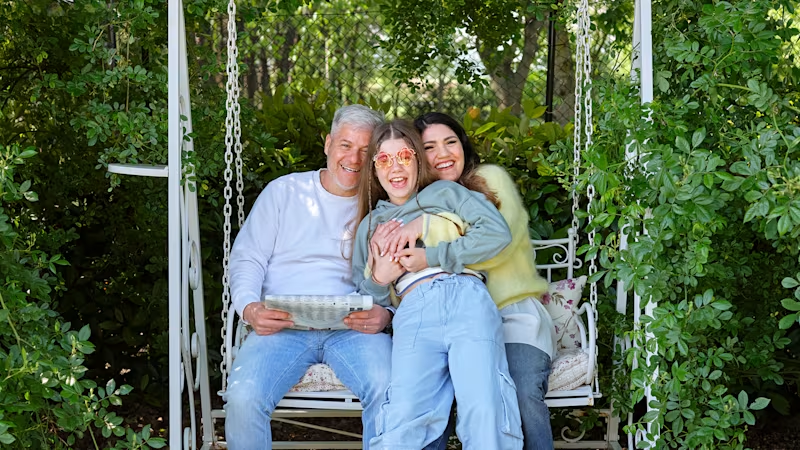
Zie hoe de exopulse suit het leven van deze gebruikers veranderde.
Met een eenvoudige, niet-invasieve, medicijnvrije manier om hun spasticiteit te behandelen, herontdekken Ricky, Lena en Jacqueline de mogelijkheden van het leven.
Meer belangrijke informatie voor zorgprofessionals.
Evalueer de exopulse suit in je kliniek.
Klaar voor een praktische evaluatie van het ontwerp, de technologie en de functionaliteit van de exopulse suit? Neem contact op met ons team van neuromodulatie-experts om een virtuele demo of persoonlijke training te plannen.
Alle velden verplicht.
References:
1. Elbasiouny SM, Moroz D, Bakr MM, Mushahwar VK. Management of Spasticity After Spinal Cord Injury: Current Techniques and Future Directions. Neurorehabil Neural Repair. 2010; 24(1):23-33.
2. Rabchevsky AG, Kitzman PH. Latest approaches for the treatment of spasticity and autonomic dysreflexia in chronic spinal cord injury. Neurotherapeutics. 2011; 8(2):274-282.
3. Stein C, Fritsch CG, et al. Effects of Electrical Stimulation in Spastic Muscles After Stroke: Systematic Review and Meta-Analysis of Randomized Controlled Trials. Stroke. 2015; 46(8):2197-2205.
4. Bosques G, Martin R, et al. Does therapeutic electrical stimulation improve function in children with disabilities? A comprehensive literature review. J Ped Rehab Med. 2016; 9(2):83–99.
5. Etoom M, Khraiwesh Y, et al. Effectiveness of Physiotherapy Interventions on Spasticity in People With Multiple Sclerosis: A Systematic Review and Meta-Analysis. Am J Phys Med Rehab. 2018; 97(11):793-807.
6. Hahn A, Moeller S, et al. Effects of a full-body electrostimulation garment application in a cohort of subjects with cerebral palsy, multiple sclerosis, and stroke on upper motor neuron syndrome symptoms. Biomedical Engineering / Biomedizinische Technik. 2024; 69(1):49-59.
7. Mattar JG, Chalah MA, Ouerchefani N, Sorel M, Le Guilloux J, Lefaucheur JP, Abi Lahoud GN, Ayache SS. The effect of the EXOPULSE Mollii Suit on pain and fibromyalgia-related symptoms-A randomized sham-controlled crossover trial. Eur J Pain. 2024 Sep 18. doi: 10.1002/ejp.4729. Epub ahead of print. PMID: 39291602.
8. Riachi N, Chalah MA, Ahdab R, Arshad F, Ayache SS. Effects of the TENS device, Exopulse Mollii Suit, on pain related to fibromyalgia: An open-label study. Neurophysiol Clin. 2023 Aug;53(4):102863.
*De getuigenissen, verklaringen en meningen die in de video's worden gepresenteerd, zijn alleen van toepassing op de afgebeelde personen. De getuigenissen zijn niet representatief voor de patiëntervaring. De exacte resultaten en ervaring zullen uniek en individueel zijn voor elke patiënt. De gebruikers die in de video's worden afgebeeld, hebben een vergoeding ontvangen voor de tijd die ze hebben besteed aan filmen met Ottobock.
**Gebaseerd op verandering in Berg Balance Scale (BBS) score in een open-label studie van groepsniveau-reactie op suit-stimulatie bij patiënten met CP (volwassenen en kinderen), MS en beroerte. Resultaten van deze studie werden geëvalueerd bij 38 patiënten met verminderde balans en een verhoogd valrisico (n=15/15/8 CP/MS/beroerte, baseline BBS-score < 45). Patiënten in alle cohorten rapporteerden significante verbetering in BBS-score na 60 minuten stimulatie (T1) en na 4 weken stimulatie om de dag (T2).
***Gebaseerd op verandering in EQ5D-pijnniveaus in een open-label studie van groepsniveau-reactie op suit-stimulatie bij patiënten met CP (volwassenen en kinderen), MS en beroerte. Verandering in pijnniveaus werd geëvalueerd in een subset van 32 patiënten die spasticiteit-gerelateerde pijn rapporteerden bij aanvang (n=10/15/7 CP/MS/beroerte, baseline EQ5D-pijn > 1). Patiënten in alle cohorten rapporteerden significante verbetering in EQ5D-pijnscore na 60 minuten stimulatie (T1) en na 4 weken stimulatie om de dag (T2).